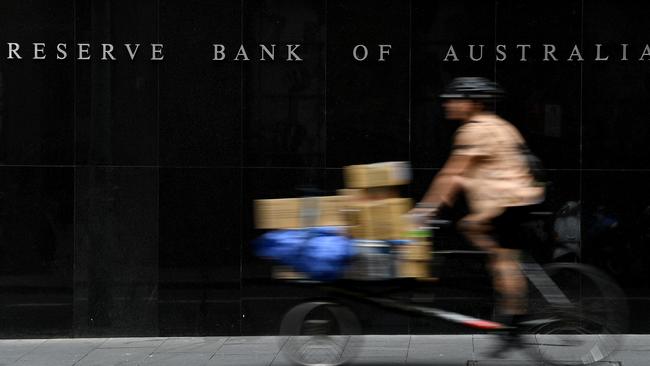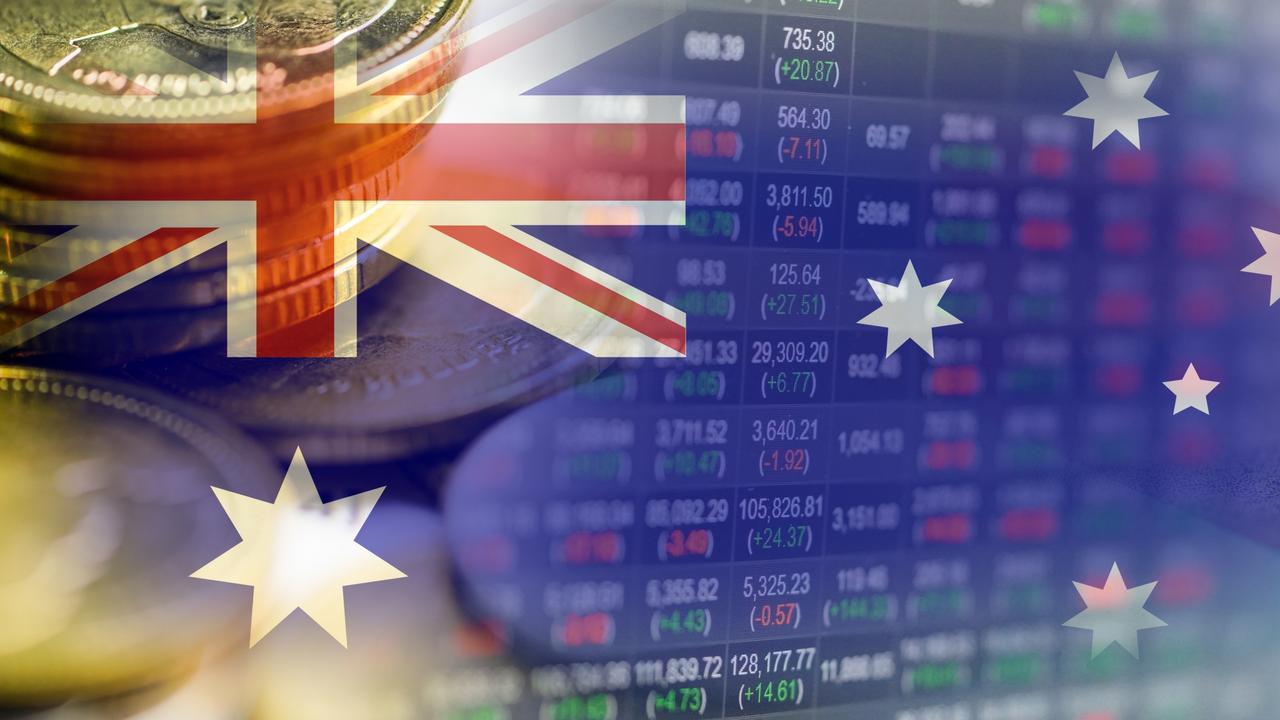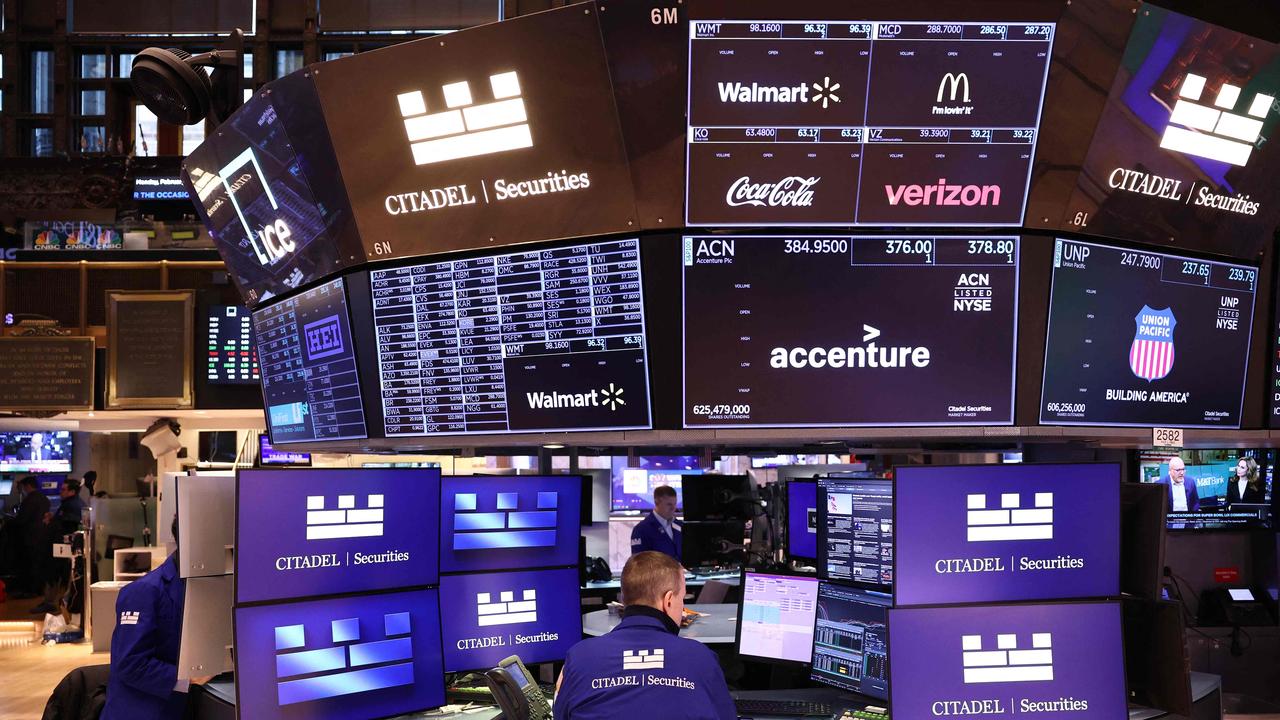
The Reserve Bank has bolstered market expectations of interest rate cuts and the start of quantitative easing at its November board meeting, putting downward pressure on the Australian dollar and bond yields while underpinning a rebound in the local sharemarket.
While holding its rate targets steady at record lows, as expected, the central bank dialled up its dovish message to investors and the general public, stressing the need to boost employment in the wake of the coronavirus pandemic.
Reserve Bank governor Philip Lowe said “the board views addressing the high rate of employment as an important national priority”, indicating that the central bank would do what it can to complement the “substantial easing of fiscal policy” that has supported the economy during the pandemic lockdowns, which have caused the worst economic downturn since WWII.
The RBA would maintain “highly accommodative policy settings as long as is required”, Dr Lowe said.
Moreover, it would not increase the cash rate “until progress is being made towards full employment and it is confident that inflation will be sustainably within the 2-3 per cent target band”, and it continued “to consider how additional monetary easing could support jobs as the economy opens up further”.
After the RBA statement, ANZ joined a majority of institutions in expecting cuts in November.
In a subtle but important change of emphasis, the Reserve Bank’s pointer to the chance of further policy action was emphasised by its repositioning in the crucial final line of the statement.
Also, whereas in September the RBA statement mentioned its consideration of “further monetary measures”, the October statement changed that to “additional monetary easing” and directly linked that to the need to support jobs growth at a time when lower rates might spark stronger activity as the economy “opens up further”.
The RBA made only passing mention of the fact that the Australian dollar “remains just a little below its peak of the past couple of years”. After initially rising, the dollar dived 0.9 per cent to a two-day low of US71.47c as economists predicted rate cuts in November and the start of “proper QE” or quantitative easing in Australia. It later bounced back to US71.72c
In another pointer to rising expectations of a November easing, the three-year government bond yield dropped about 2 basis points to four-day low of 0.159 per cent, while the benchmark 10-year yield reversed almost half of its jump to a four-week high of 0.918 per cent, which was a “catch up move” to a jump in US Treasury yields over the local long weekend.
Shares continued to recover, with the ASX 200 index up 0.4 per cent to a seven-day high of 5962.1.
ANZ’s head of Australian economics, David Plank, said the RBA’s policy statement was a “clear alignment with what is likely to be the theme of the budget”.
“The addition to the final paragraph that the board views addressing the high rate of unemployment as an important national priority strongly suggests that the rate cut will come in November,” he said. “We expect the RBA to cut the cash rate to 0.1 per cent in November.
‘‘Pure’’ QE in November also seems likely, but it may be delayed until next year when the TFF (term funding facility) will also be extended.”
Similarly, NAB economist Kaixin Owyong said the RBA had “strengthened its easing bias, clearing the way for a November move” lower in rates.
The final line of the RBA statement echoed “the dovish speech given by deputy governor Guy Debelle two weeks ago, which saw rate cut expectations spike and sparked NAB and others to change their monetary policy forecasts”, she said.
CBA economist Gareth Aird said the RBA would stay on hold in November but “there is a non-trivial risk of easing”.
A speech by Dr Lowe on October 15 at the Citi Australia and New Zealand Annual Investment Conference and the minutes of the October board meeting on 20 October will be key.
But with the RBA thinking about monetary policy through the lens of job creation, Mr Aird doubted that “tinkering with the cash rate target in a very fine corridor between approximately zero and 0.25 per cent does much to shift the dial for the labour market”.
In August, Dr Lowe told the House of Representatives Standing Committee on Economics: “We are prepared to do more if we think that doing more would get extra traction. Judgment at the moment is that, given the nature of the problems the country faces, us moving interest rates by five or 10 basis points isn’t really going to make a material difference. There’s not going to be much traction from that; the problems are elsewhere.
“We do not think that the RBA will have changed their assessment of this so soon … Rather, we think it more likely that the best way monetary policy can support job creation at this stage is playing a complementary role … with an increase in government bond purchases.”



